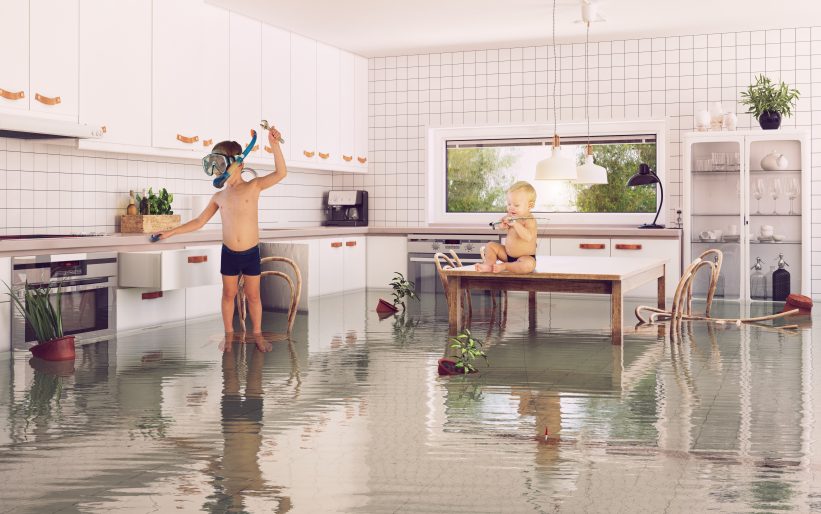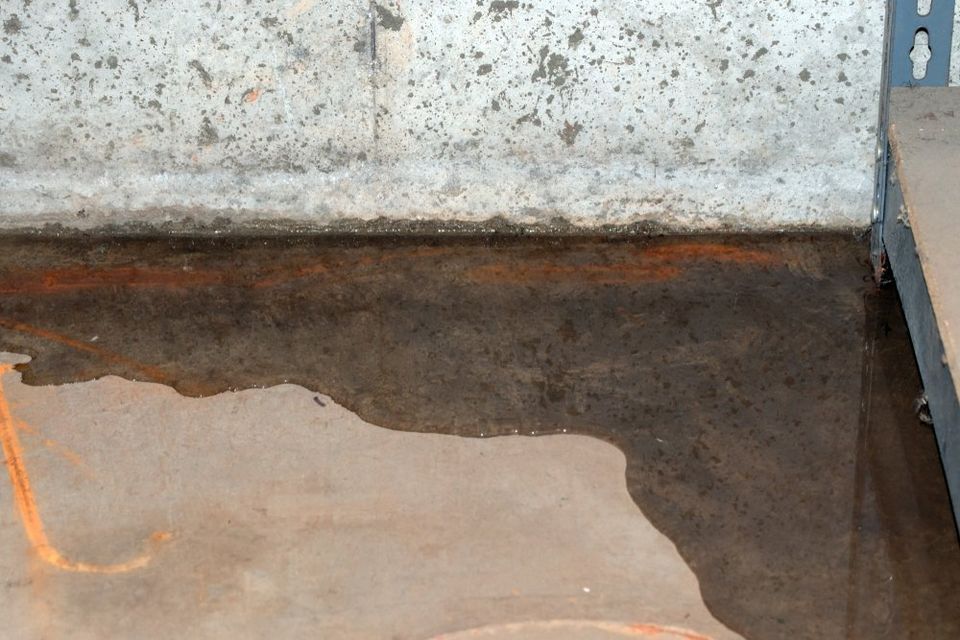Do's & Don'ts of Water Damage.
Do's & Don'ts of Water Damage.
Blog Article
We have encountered this article pertaining to Preventing Fires and Water Damage In Your Home directly below on the internet and felt it made sense to share it with you in this article.

Water provides life, yet water breach on some components where it's not expected to be can result in damage and also inconvenience. In addition, homes with water damage odor musty and old.
Water can originate from many resources like hurricanes, floods, ruptured pipes, leakages, as well as sewage system issues. If you have water damages, it's much better to have a working expertise of safety preventative measures. Below are a couple of standards on how to deal with water damage.
Do Prioritize House Insurance Coverage Protection
Seasonal water damage can originate from floodings, seasonal rains, and also wind. There is additionally an incident of an abrupt flooding, whether it came from a malfunctioning pipeline that unexpectedly ruptures into your home. To secure your house, obtain residence insurance policy that covers both acts of God such as natural calamities, and also emergency situations like damaged plumbing.
Don't Neglect to Shut Off Utilities
When calamity strikes and also you're in a flood-prone location, shut off the main electric circuit. Turning off the power protects against
electrical shocks when water can be found in as water serves as a conductor. Do not forget to shut off the main water line valve as a way to prevent even more damages.
If the floodwaters are obtaining high, keep your furnishings secure as they can move around and also cause added damage.
Do Stay Proactive and Heed Weather Condition Notifies
If you live in an area plagued by floods, remain proactive as well as prepared at all times. Pay attention to the information and evacuation cautions if you live near a body of water like a lake, river, or creek .
Don't Ignore the Roof
Your roofer needs to take care of the faulty rain gutters or any type of other indications of damages or weakening. An assessment will prevent water from moving down your walls and also soaking your ceiling.
Do Take Note Of Tiny Leakages
A burst pipeline does not occur in a vacuum cleaner or over night. There are red flags that can attract your focus as well as indicate to you some damaged pipes in your home. Indications of red flags in your pipelines include bubbling paint, peeling off wallpaper, water touches, water discolorations, or dripping noises behind the walls. There are indications that the pipe will certainly rupture. If you see these indications, do not wait for an escalation. Fixing as well as evaluate your plumbing fixed before it leads to massive damage to your residence, funds, and an individual headache.
Don't Panic in Case of a Burst Pipeline
Timing is vital when it comes to water damage. If a pipeline bursts in your residence, right away shut off your primary water shutoff to cut off the source and also stop even more damages. Call a trustworthy water damage restoration expert for assistance.
Water offers life, however water breach on some parts where it's not intended to be can result in damage and also aggravation. In addition, houses with water damages odor stuffy and old.
Seasonal water damage can come from floodings, seasonal rainfalls, and also wind. Signs of red flags in your pipes consist of gurgling paint, peeling wallpaper, water streaks, water spots, or trickling sounds behind the walls. If a pipeline bursts in your house, instantly shut off your main water valve to reduce off the resource and also prevent more damage.
Some Do's & Don't When Dealing with a Water Damage
DO:
Make sure the water source has been eliminated. Contact a plumber if needed. Turn off circuit breakers supplying electricity to wet areas and unplug any electronics that are on wet carpet or surfaces Remove small furniture items Remove as much excess water as possible by mopping or blotting; Use WHITE towels to blot wet carpeting Wipe water from wooden furniture after removing anything on it Remove and prop up wet upholstery cushions for even drying (check for any bleeding) Pin up curtains or furniture skirts if needed Place aluminum foil, saucers or wood blocks between furniture legs and wet carpet Turn on air conditioning for maximum drying in winter and open windows in the summer Open any drawers and cabinets affected for complete drying but do not force them open Remove any valuable art objects or paintings to a safe, dry place Open any suitcases or luggage that may have been affected to dry, preferably in sunlight Hang any fur or leather goods to dry at room temperature Punch small holes in sagging ceilings to relieve trapped water (don't forget to place pans beneath!); however, if the ceiling is sagging extremely low, stay out of the room and we'll take care of it DO NOT:
Leave wet fabrics in place; dry them as soon as possible Leave books, magazines or any other colored items on wet carpets or floor Use your household vacuum to remove water Use TV's or other electronics/appliances while standing on wet carpets or floors; especially not on wet concrete floors Turn on ceiling fixtures if the ceiling is wet Turn your heat up, unless instructed otherwise

Do you like reading up on Preventing Fires and Water Damage In Your Home? Leave a comment below. We would be glad to hear your suggestions about this posting. Hoping that you visit us again in the future. Loved our article? Please share it. Help someone else discover it. Thanks for going through it.
Report this page